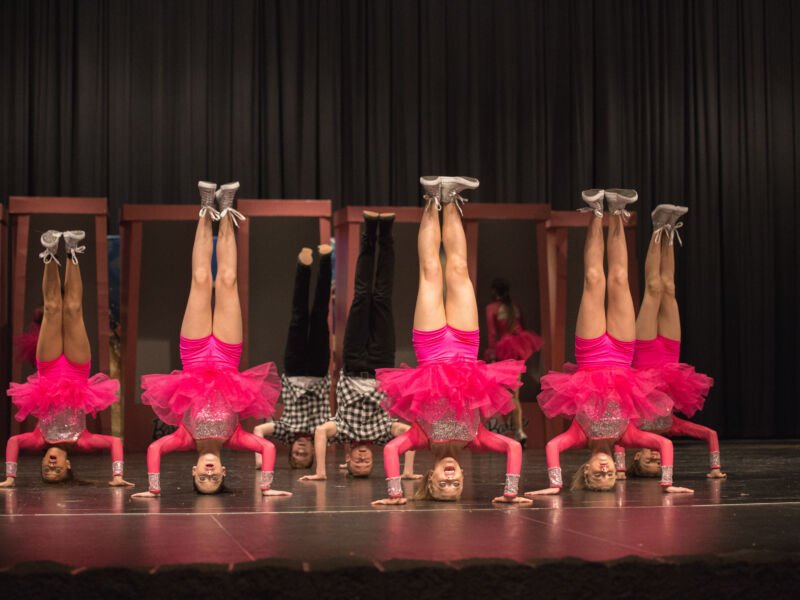
Dance Competitions vs. Dance Recitals: Key Differences Explained
Dance is a versatile art form that offers various avenues for dancers to showcase their skills and talent. Two common platforms where dancers can exhibit their abilities are dance competitions and dance recitals. While both events involve performances, there are significant differences between the two. In this article, we will explore the distinctions between dance competitions and dance recitals to provide a comprehensive understanding of each.
Dance Competitions
Dance competitions are events where dancers or dance groups compete against one another to showcase their talent, technique, and creativity. These competitions are usually judged by industry professionals and experts who assess the dancers based on various criteria like technique, choreography, execution, and stage presence. Dance competitions often take place over a specified period and involve multiple rounds, leading up to a final performance or awards ceremony.
One key aspect of dance competitions is the element of competition itself. Dancers strive to outperform their peers and secure top rankings or prizes. The competitive nature of these events can foster growth, motivation, and an opportunity for dancers to push their boundaries. They provide a platform for dancers to challenge themselves, learn from other participants, and gain valuable feedback from esteemed judges.
Additionally, dance competitions often feature various dance genres and styles, allowing dancers to explore different forms and showcase their versatility. Common categories seen in dance competitions include ballet, tap, jazz, contemporary, lyrical, open, acro, and more. This diversity allows participants to test their skills in multiple genres and gain experience in various dance styles.
Competing in dance competitions requires a considerable amount of dedication, preparation, and commitment from dancers. They spend hours rehearsing, perfecting their routines, and honing their technique to deliver their best performance. For many dancers, participating in these competitions is not only about winning but also about personal growth, exposure, and building connections within the dance community.
If you’re interested in learning more about dance competitions and their significance to dancers, you can explore articles like “Sequins and Soul-Searching in the Competitive Dance World” and “What Dance Competitions Really Mean To Dancers.”
Dance Recitals
Unlike dance competitions that emphasize competition and evaluation, dance recitals are primarily focused on performance and celebration. Dance recitals are typically organized by dance studios, schools, or community organizations to showcase the progress and accomplishments of their dancers. These events often serve as the culmination of a dance season or training program.
In a dance recital, dancers perform choreographed routines in front of an audience composed of family, friends, and supporters. The primary goal of dance recitals is to provide dancers with an opportunity to display their skills and hard work to a supportive audience. They offer a platform for dancers to express themselves artistically and share their love for dance.
Dance recitals usually have a specific theme, storytelling element, or a well-curated sequence of dance performances. The focus is on the overall presentation and the ability to convey emotions and narratives through dance. These events often include dancers of various skill levels, from beginners to more advanced performers, and provide an inclusive environment for everyone to participate.
While dance recitals may not involve formal judging or ranking, they offer a chance for dancers to gain confidence, stage presence, and performance experience. They allow dancers to feel the joy and satisfaction of sharing their artistry with an appreciative audience.
If you want to learn more about dance recitals and their significance in the dance community, you can refer to resources like “Dance Competitions Explained – Everything You Want To Know” and “How Do Dance Competitions Work? – QC Dance Studio.”
Key Differences between Dance Competitions and Dance Recitals
Now that we have explored the individual aspects of dance competitions and dance recitals, let’s highlight the key differences between the two:
- Focus: Dance competitions emphasize competition and evaluation, whereas dance recitals focus on performance and celebration.
- Judging: Dance competitions involve formal judging and ranking by industry experts, while dance recitals may not have formal judges or rankings.
- Preparation: Dance competitions require extensive preparation, rehearsals, and dedication to deliver a competitive routine, while dance recitals typically involve practice and preparation within the context of regular dance classes or training.
- Genre and Styles: Dance competitions often feature a wide variety of dance genres and styles for participants to showcase their versatility, while dance recitals may focus on specific themes or storytelling elements.
- Audience: Dance competitions attract a broader audience, including participants, their families, and supporters, as well as industry professionals, while dance recitals primarily target the families and friends of the performing dancers.
By understanding these differences, dancers can make informed choices about which platform aligns best with their goals, aspirations, and preferences.


